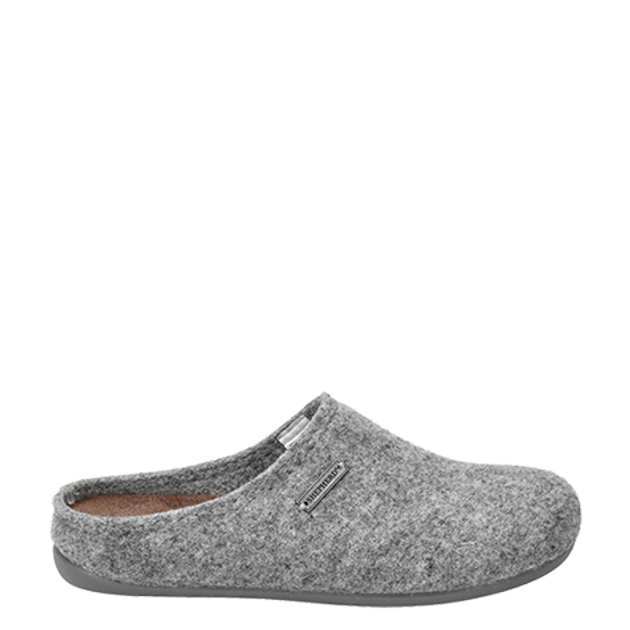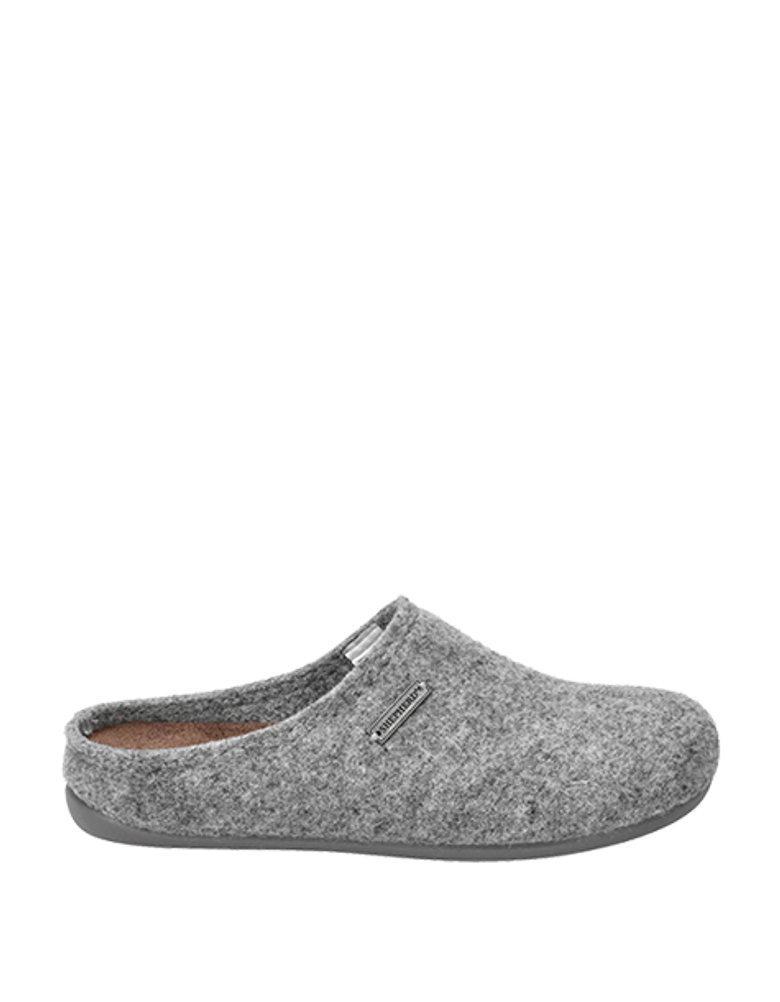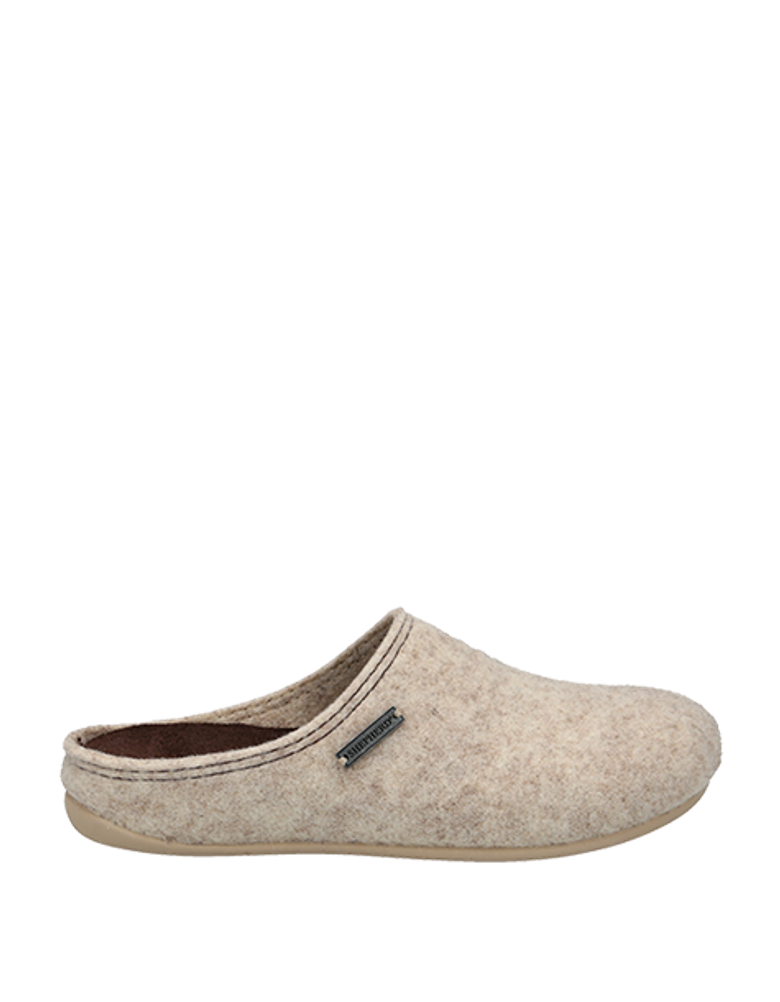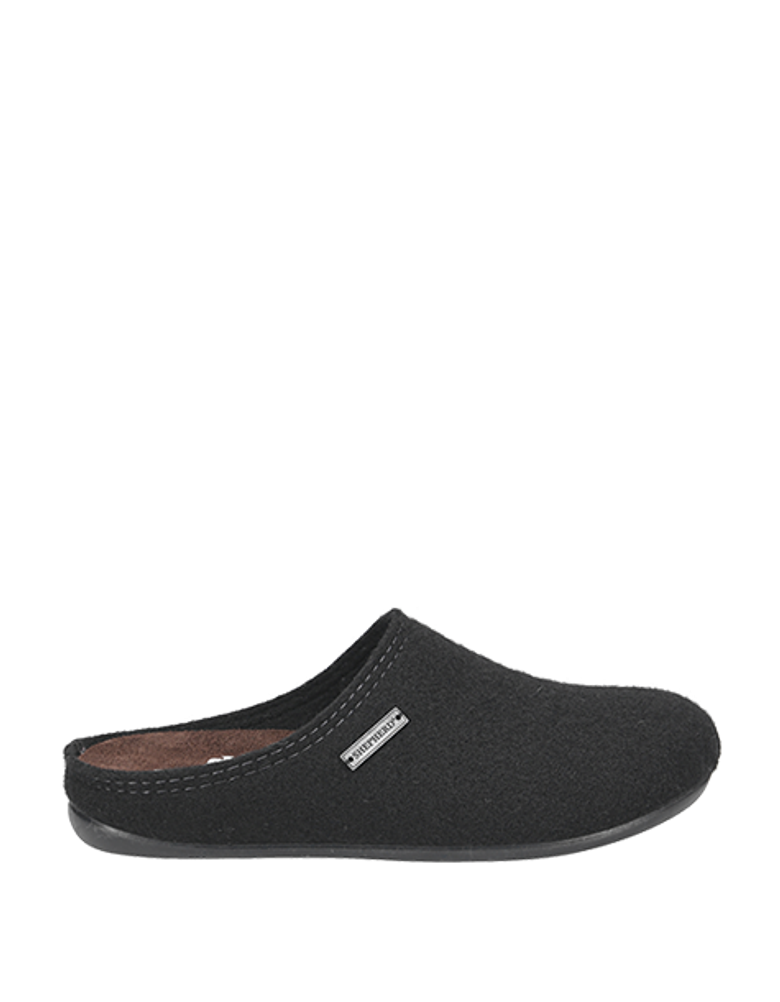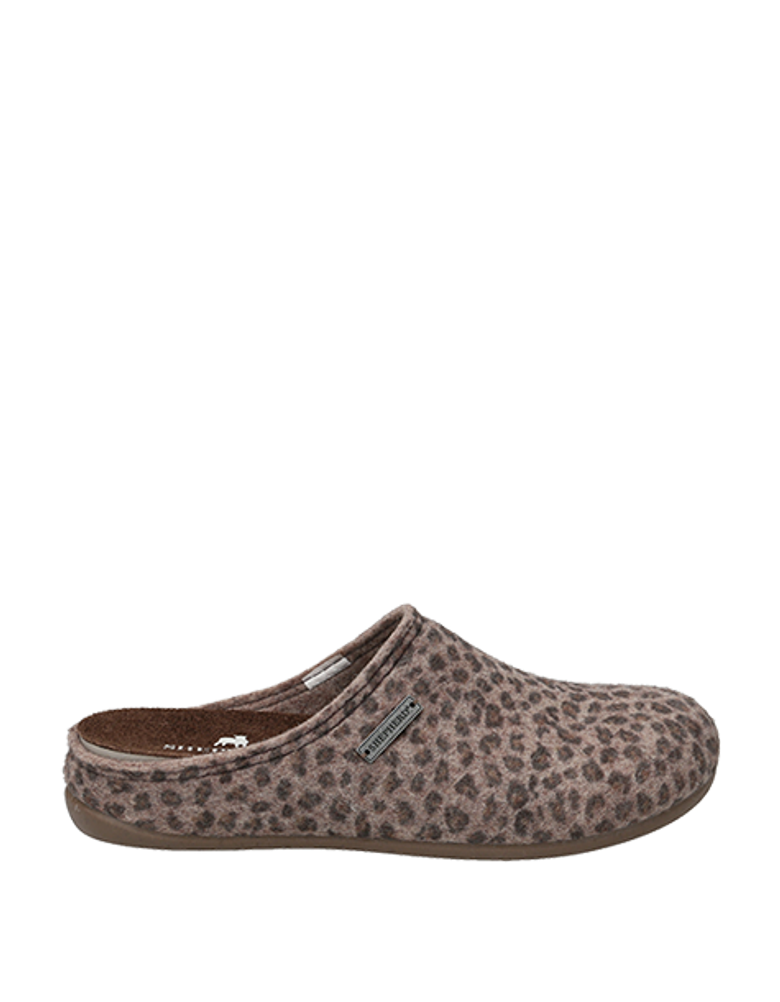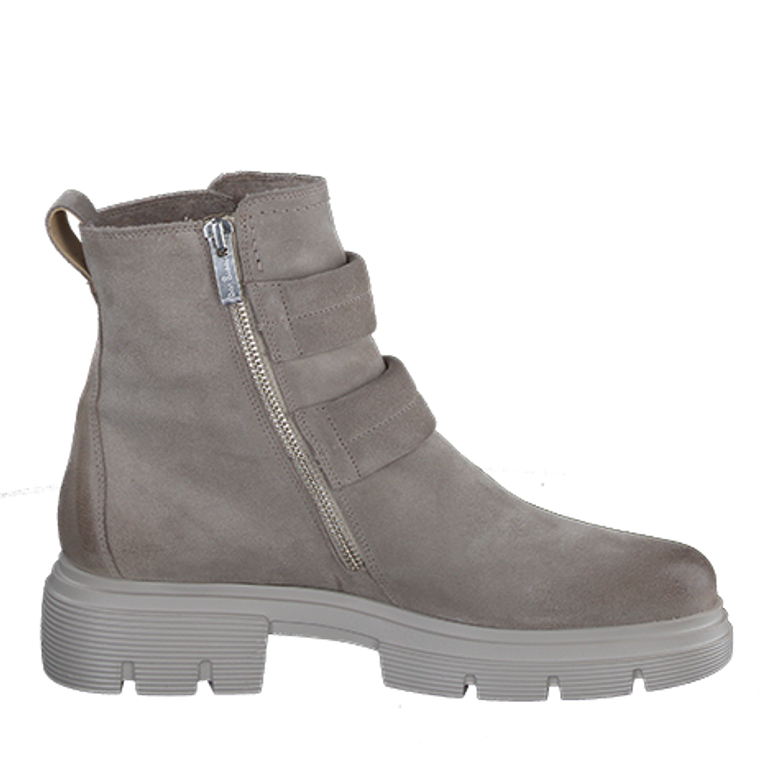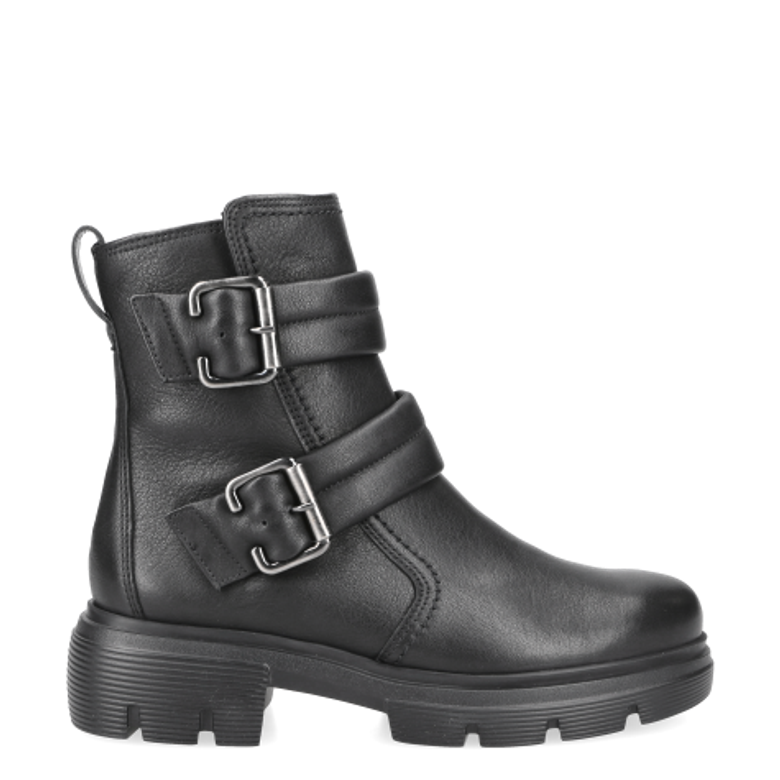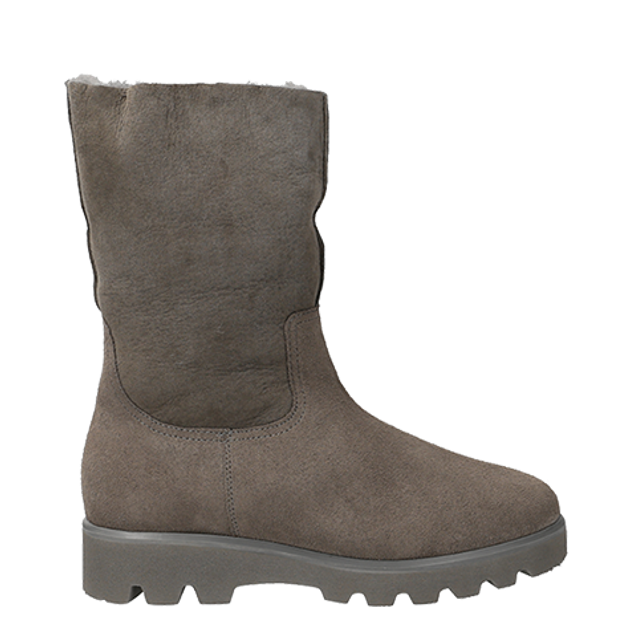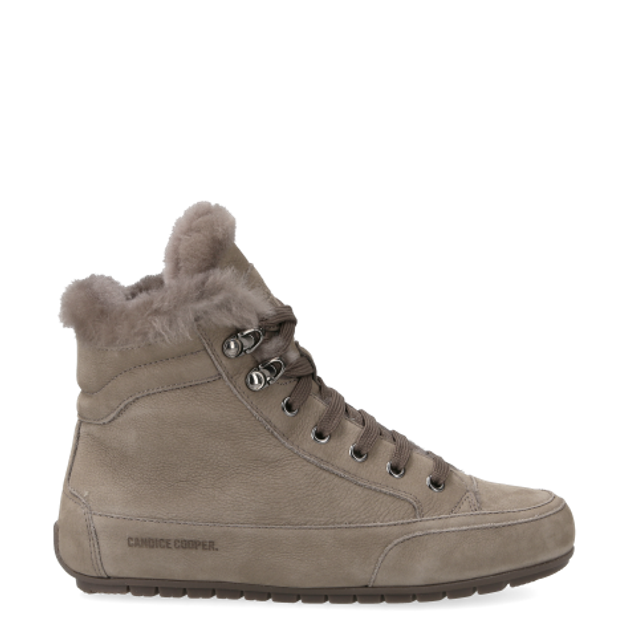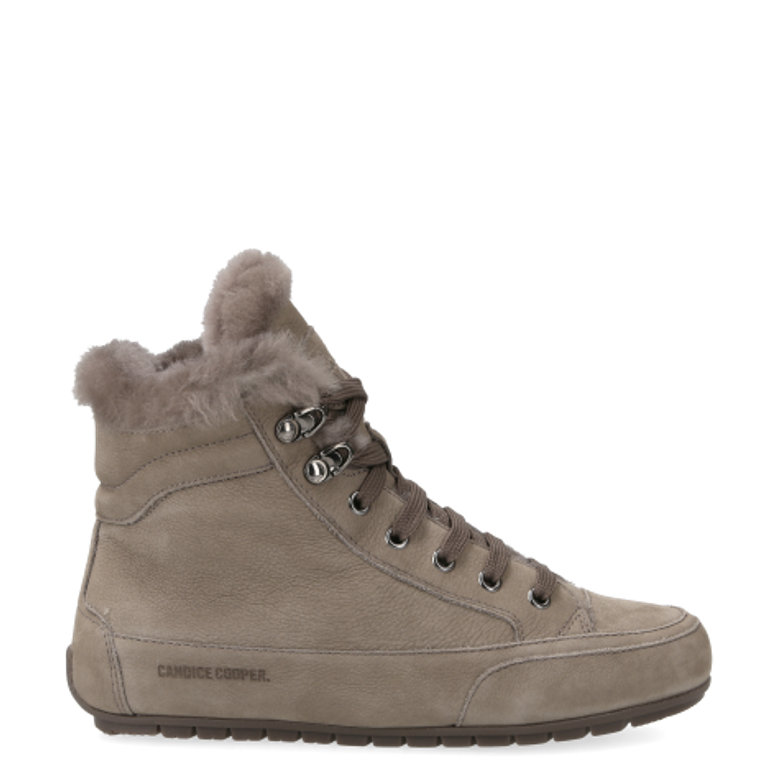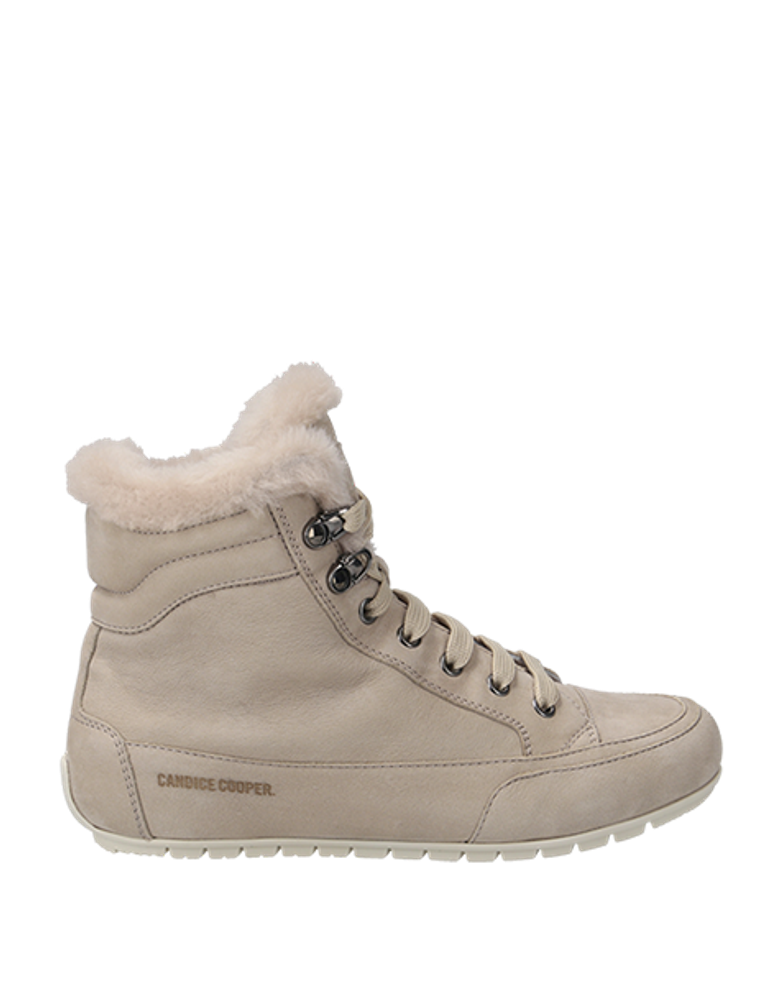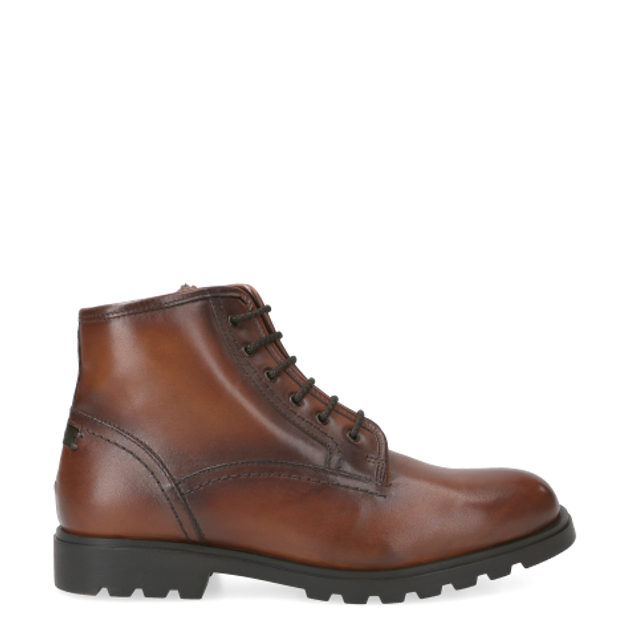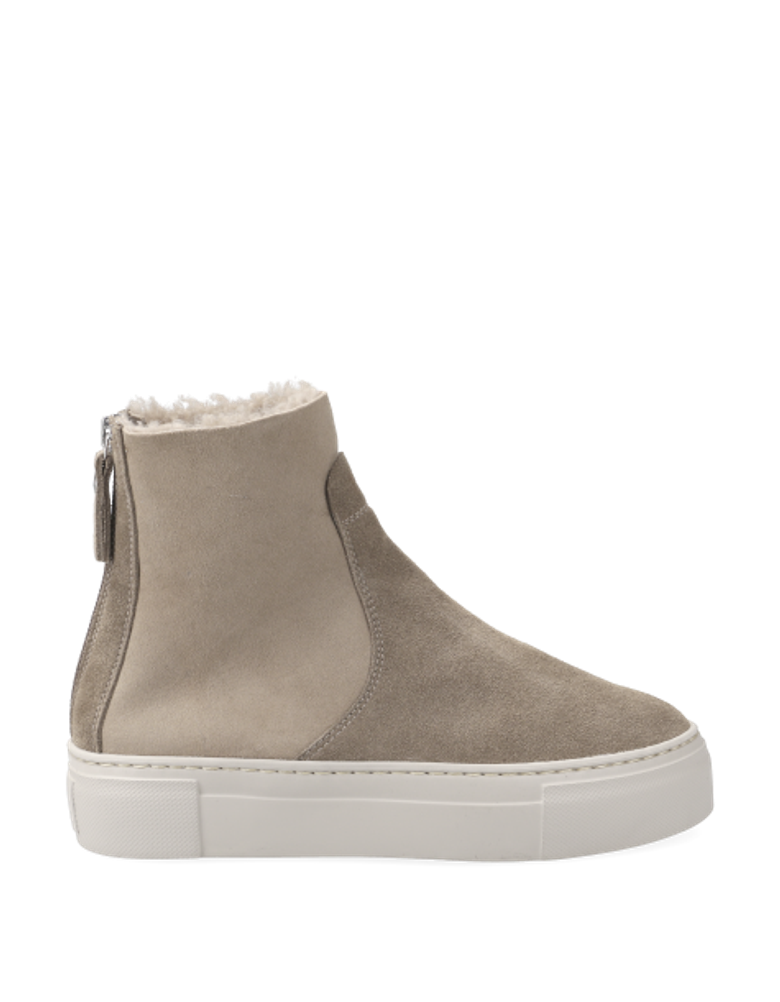‘The queen of warm lining’ - winter boots with sheepskin
Sheepskin - a natural material and superstar
One thing is clear: sheepskin is not a new fashion trend - we are dealing with ‘the queen of warm linings’ here. Even thousands of years ago, people used the warming and protective fur of sheep to arm themselves against harsh climatic conditions. From the nomads of Central Asia to the early settlers of Europe, sheepskin has always been a favourite in all cultures.
But what makes sheepskin so special? Firstly, it is a naturally renewable raw material that is both breathable and temperature-regulating. It keeps you wonderfully warm and is incomparably soft to wear. Its insulating properties not only protect against the cold, it also optimally absorbs moisture. What works for the sheep is pure luxury for our feet! Moisture is optimally absorbed, feet stay dry and the foot climate is regulated. This natural climate function makes it the ultimate lining material for winter shoes.
Sheepskin and fashion - the hype around cosy shoes
Sheepskin-lined shoes are super warm and cosy. But they have long been more than just a means of keeping feet warm. They have successfully established themselves in the fashion world and are currently experiencing unbridled hype.
Cult brands such as UGG, Shepherd of Sweden and Inuikii have managed to take the mix of functionality and casual lifestyle to a new level. These shoes are not only comfortable, they also fit perfectly into the urban street style.
Cosy looks: how to combine shoes with sheepskin lining?
Globed designs are particularly popular this season, embodying a particularly cool preppy look! Influencers combine their sheepskin boots with wide mom jeans, an oversized jumper and a long woollen coat/ teddy coat for a relaxed city chic look. Sheepskin boots also look great with flowing maxi skirts and knitted dresses, especially in winter.
Our tip: Take a quick look at the looks of influencers on social media for inspiration! You'll see that there are almost no limits when it comes to combining outfits with these shoes. Even with loose jogging trousers and a blazer, the look looks really casual.
Insider tip:
A deliberate break in style (with a business flair) gives every outfit that ‘certain something’.
Lambskin vs. sheepskin - what's the difference?
A common point of confusion: what is the difference between lambskin and sheepskin? The difference lies in the age of the animal from which the fur comes.
Lambskin comes from young animals whose fur is particularly soft. It has a finer texture and is often used for luxurious accessories or clothing.
Sheepskin comes from adult animals and is somewhat coarser in texture.
Info: "Naturally grown coat" means that the coat has grown in its natural form, without artificial influences. It is not clipped or processed to achieve a uniform length of hair. Naturally grown fur is characterised by its high quality.
What is the difference between sheep's wool and merino wool?
The main difference between sheep's wool and merino wool is the breed of sheep and the quality of the wool:
Sheep's wool comes from different breeds of sheep and is often coarser and less soft. It is used for more robust products such as carpets or clothing.
Merino wool comes from merino sheep and is particularly fine, soft and breathable. It is suitable for high-quality clothing and is labelled separately. Merino wool is generally regarded as a more comfortable wool, as it is particularly suitable for sensitive skin.
What is the difference between sheepskin and wool?
Sheepskin is the entire hide of a sheep, which is covered in wool and often tanned to make it soft and durable.
Wool is the individual fibres obtained by shearing the sheep. These fibres are cleaned, carded and spun into yarn. The yarn is then woven onto a textile carrier fabric.
What is doubleface?
No, this is not a villain from a comic book! Nor is it a two-coloured cat face (which is also referred to as such). Doubleface is the name given to the material when the sheepskin is processed on both sides. In other words, when the inside of the shoe is the natural fur of the animal and the skin forms the upper material. The shaft areas of warm boots are very often made from double-face fur and leather. It is particularly cosy and very flexible.
How do I care for my lambskin shoes properly?
Proper care is crucial to ensure that your sheepskin shoes last a long time. Here are some tips to guarantee longevity:
Storage:
Sheepskin shoes should be stored in a dry, well-ventilated place. Avoid direct sunlight and heat sources, as the material could dry out. It is best to store the shoes in a cotton bag to allow natural air circulation.
Cleaning:
Dirt is best removed with a special sheepskin brush or a soft cloth. Wet cleaning should be avoided!
Note: Bad stains? For deeper stains, a mixture of lukewarm water and special wool detergent (surfactant-free - the wool grease (lanolin) must not be washed out) can help. Use little water. Make sure you leave the shoes to dry well afterwards - but never on a radiator or in the blazing sun.
Waterproofing: To protect your sheepskin shoes from getting wet, we recommend using a waterproofing spray. The spray should be especially suitable for natural materials such as leather and sheepskin. Spray the shoes before wearing them for the first time (short, repeated sprays, do not soak!). Refresh the impregnation regularly.
From sheep to shoe - production and animal husbandry
The production of sheepskin naturally begins with the species-appropriate rearing of the animals. Sheep are bred in many countries around the world and their fur is a by-product of the meat or wool industry. Sustainability is playing an increasingly important role, especially in countries such as Australia and New Zealand.
Once the fur has been obtained, it undergoes a complex processing procedure. The leather is tanned and the wool hair is left on the inside to retain its warming properties.
Many manufacturers already pay attention to how the animals are kept and guarantee mulesing-free husbandry. If you are not sure, or you are particularly interested in the origin, ask specifically. The manufacturers have the relevant certificates and evidence available.
Conclusion
Sheepskin footwear is more than just a functional winter solution. They are a piece of nature and wrap our feet in warmth and cosiness. Whether lambskin or sheepskin - both materials are characterised by quality and sustainability. Buying sheepskin-lined shoes is a quality decision, a decision in favour of luxury, sustainability and at the same time a fashion statement. Instead of supporting ‘fast fashion’, you are showing your commitment to long-lasting, natural and high-quality fashion.






